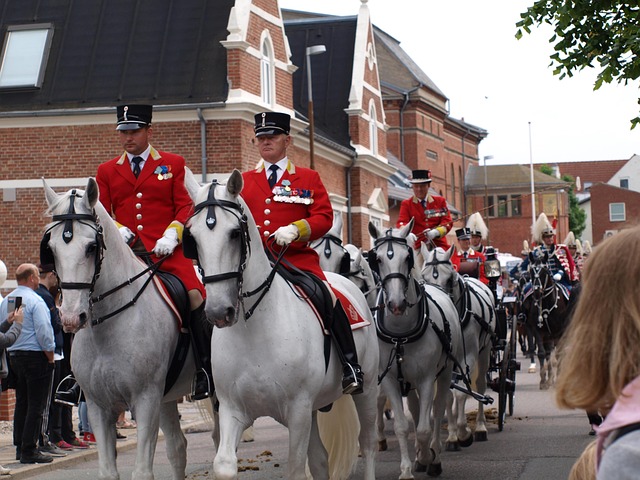First up, we have the iconic Colosseum. Picture this: a massive arena, once filled with the roars of thousands of spectators cheering on gladiators! Walking through its archways, it’s not hard to imagine the thrill of ancient games. It’s like stepping into a movie set, where the drama of history unfolds at every turn.
Next, there’s the Roman Forum, which feels like a time capsule of ancient political life. It’s where the heartbeat of Rome once pulsed with debate and discussion. Strolling through its marbled ruins, you can almost hear the echoes of ancient politicians making their cases. It’s fascinating to think about how this was the center of life in Rome!
And, let’s not forget the Pantheon. This architectural wonder is like a giant coffee cup made of stone, open to the heavens. The oculus at its center is nature’s light show, illuminating the interior in a way that feels otherworldly. Standing under that dome, you can’t help but feel the weight of thousands of years of history resting above you.
Then there’s the Palatine Hill, the very foundation of Rome’s history. Imagine sipping your coffee while gazing at the remnants of emperors’ palaces! It’s like opening a book that reveals the secrets of the most powerful figures in ancient history.
So, whether you’re snapping selfies or soaking in the stories behind the ruins, Rome’s ancient sites promise an unforgettable adventure through time.
Step Back in Time: Top 10 Must-See Ancient Ruins in Rome
First up, the Colosseum. This iconic amphitheater, with its epic battles and roaring crowds, transports you straight back to the Roman Empire’s glory days. You can almost hear the cheers of Romans enjoying a gladiator match. Then there’s the Roman Forum, the hub of political, social, and economic life. Walking through its ancient pathways feels like wandering through the pages of a history book, where every stone tells a story.
Don’t miss the Pantheon, a masterpiece of architecture that has stood for nearly two millennia. Its massive dome and oculus create a surreal play of light that makes you feel like you’re under the watchful eyes of the gods. And speaking of gods, the Temple of Venus and Roma is an awe-inspiring tribute to the divine, showcasing the grandeur of Roman religious practices.
How about a stroll down the Via Sacra? This ancient road is the very spine of Rome’s history, connecting vital landmarks, and just walking it feels like stepping into a time machine. Meanwhile, the Palatine Hill offers not only fascinating ruins but also breathtaking views of the city—like peeking over the shoulder of history itself.
Rome’s Timeless Treasures: Exploring the Best Ancient Ruins
Let’s start with the Colosseum, a monumental amphitheater and the crown jewel of Roman architecture. Just picture it: a roaring crowd, the thrill of gladiators facing off, and the spectacle of wild animals all within this colossal structure. It’s one thing to read about it in textbooks and another to stand within its weathered walls and imagine the adrenaline-fueled events that captivated ancient spectators.
Then we have the Roman Forum, a maze of ruins that were once the heartbeat of Rome. Strolling through this area, you get a sense of how the Romans lived, shopped, and interacted. It’s like wandering through a history book, but instead of pages, you have towering columns and crumbling temples around you. Can you feel the energy of debates happening in the Senate?
And don’t overlook the Pantheon—its magnificent dome is an architectural wonder that still baffles engineers today. Entering this ancient temple is like stepping into another world, where the light pours through the oculus, creating a divine atmosphere that makes you pause and ponder the genius of ancient architects.
Exploring these ruins isn’t just a sightseeing trip; it’s a journey through time, offering a glimpse of how a civilization evolved. As you wander, take a moment to reflect: how much has changed, and yet how much remains the same in our quest for connection and understanding?
From the Colosseum to the Forum: Discover Rome’s Ancient Marvels
Imagine strolling through the sprawling ruins of the Forum, where you can almost hear the faint whispers of Cicero addressing the masses. This was the heart of ancient Rome, where the fabric of society was woven together. It’s not just a trip for history buffs; it’s a chance to touch the very heartbeat of civilization. The Forum is like a giant jigsaw puzzle of past lives, each stone a piece of a much larger story.
And then there’s the Colosseum, a true marvel of engineering that towers majestically against the sky. Can you picture the roar of the crowd as the gates swung open, revealing combatants ready to test their mettle? Standing in its shadow, you can almost taste the excitement, feel the adrenaline rush, and imagine the ancient Romans cheering on their favorites.
Unraveling History: The Top Ancient Ruins in Rome You Can’t Miss
Imagine standing in the Colosseum, that grand arena where gladiators once battled for glory. It’s like stepping into the pages of history, where the echoes of cheering crowds still linger. Now, picture the Roman Forum right next door—a bustling marketplace where senators once strutted their stuff. Walking through these ruins, you can almost hear the whispers of ancient Rome.


Each of these sites is like a chapter in a thrilling novel that you can explore on foot. They tell tales of power, passion, and a civilization that shaped our world. So, next time you wander the cobblestone streets of Rome, take a moment to really soak it all in. The spirit of ancient Rome is alive and well, just waiting for you to discover its mysteries.
A Journey Through Time: Rome’s Most Iconic Ancient Ruins Revealed
Then there’s the Roman Forum, a sprawling tapestry of ancient life, where political debates once ignited passions and the scent of street vendors’ offerings wafted through the air. Picture this: senators in elegant togas, debating life-changing decisions, while citizens hustled and bustled through the marketplace. It’s like flipping through a history book, each ruin a chapter that reveals the vibrant stories etched into the very stones beneath your feet.
Now, don’t even get me started on the Pantheon! That massive dome, a marvel of architectural genius, seems to reach for the heavens, almost whispering secrets of gods and mortals alike. The soft sunlight streaming through the oculus creates a mystical dance of light, blending the earthly with the divine.
Every ruin tells a story, but what about the Palatine Hill? It’s not just another hill; it’s the birthplace of Rome, where legends were born and emperors once roamed. Can you imagine standing where Romulus allegedly founded this eternal city?
So, as you explore these iconic ruins, let yourself be pulled into their stories, because behind every crumbling wall lies a testament to the ingenuity and spirit of ancient Rome. Isn’t it amazing to think about the lives lived in the shadows of these grand structures?
Lost Civilizations: The Essential Guide to Ancient Ruins in Rome
Now, let’s dive into the hidden gems nestled among these grand structures. Ever heard of Ostia Antica? This ancient port city is like the quieter cousin of Pompeii. It offers a peek into daily Roman life with its well-preserved amphitheater and mosaic-adorned baths. The lively chatter of traders and fishermen feels almost palpable as you walk along the bustling streets—definitely a must-see for anyone interested in lost civilizations.
And then there’s the Palatine Hill. Picture this: the very heart of ancient Rome, where emperors once dwelled amidst lush gardens and stunning vistas. It’s like stepping into a storybook where legends were born. As you explore the ruins of grand palaces, you can almost hear the whispers of history reverberating through the air.
Have you ever stood in front of the Pantheon? Its massive dome and stunning oculus have inspired awe for centuries. It’s a true testament to Roman engineering prowess, and going inside feels like entering a world where time stands still. The way the light pours in creates a magical atmosphere that’s hard to describe—it’s a space that invites contemplation and wonder.




